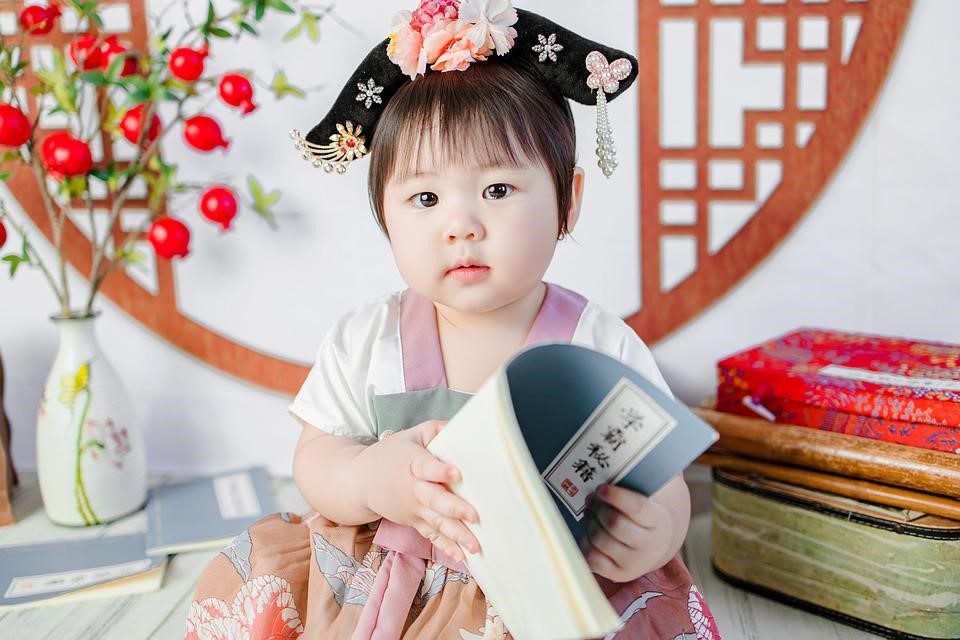To have a child or not, that is the question plaguing China this year. On Tuesday the Chinese government announced new “fertility friendly” guidelines with the goal of increasing the population rate to sustainable levels. It is an impossible task, according to many demographers who study China. The communist state has long passed the demographic deadline that marks the last calendar date when there were enough females of child-bearing age to reproduce its current population. The dramatic decline in the Chinese birth rate from 1960’s through the early 2000’s serves as one the most significant events in global demographic history.
For five decades a full 18% of the world’s population were limited to one child per family by the Chinese communist government. According to the United Nations Population Division, the country’s total fertility rate dropped from average of 5.94 in the 1965–1970 period to 1.77 children per family in the 2000–2005 period. It has continued to decline by over 2% per year recently and today stands at a record low of just over 1 child per family (1.09 in 2022).
The drop in the fertility rate can be attributed to several factors. Socio-cultural factors, including the spread of education, reproductive ideologies, and gender relations impacted family size. The politico-economic conditions (e.g., economic development, birth planning campaigns, and collective systems of labor organization) in the early stages of China’s family planning program had an even greater impact. Many villages across China today have no women of child-bearing age. In urban centers, despite government incentives, women are not choosing to have more than one child, and in many cases no children at all due to the cost of child-rearing and impact on their cosmopolitan lifestyles.
China is in trouble. Even if women had as many children as physical possible during their child-bearing years it is highly unlikely the country has any chance to make up the losses suffered during the five decades of the child planning program. Over the 36-year period alone, ending in 2016, over 400 million people were not born in China due to its family planning policy; a number that is much greater than the entire US population.
Tuesday’s joint announcement by 17 Chinese government departments included new policies supporting families in finance, tax, housing, employment, education, and other fields to promote a fertility-friendly society. It included promoting prenatal and postnatal care, developing better nursing systems, improving maternity leave and insurance, offering preferential house-purchase policies to families with more than one child, adding high-quality education resources, creating a fertility-friendly employment environment, and setting up a complete service system on population.
Despite the government’s efforts, there is no evidence to indicate the new guidelines will be effective at changing the minds of females in China. The government is now publicly admitting there is a problem. Yang Wenzhuang, director of population and family affairs at China’s National Health Commission, announced on July 21 that China’s population curve has flattened and is expected to begin a steepening decline by 2025. The Global Times reports he announced the grim forecast during the 2022 Annual Conference of the China Population Association.
Although fines, forced sterilizations, abortions, and other punishments are gone, the legacy of their coercive effects will haunt the Chinese economy for the rest of the century. A report from one of Spain’s most prestigious schools, the University of Navarra, says that the “demographic shifts caused in part due to the one-child policy will have important social and economic repercussions, not only in China but also at a global level. Reduced fertility in combination with an increasingly aging population will lead to a rising dependency ratio between working people and retirees as well as a shrinking labor supply.” It points out that children born without permission during these decades don’t possess the correct registration papers to gain employment or other government services. This further increases the economic burden on the state as they age and there is a corresponding decrease in the labor supply.
The report concludes that “to continue projecting itself as a major economic and political power, China may have to restructure its ongoing strategies… However, considering that having few children has become ingrained in Chinese society and that the fertility rate continues to decrease even after a transition to a two-child system, this seems highly unlikely to work.” Some political analysts in the West are quietly questioning whether this means China will need to go to war in the future to acquire the needed population to is rise as an economic powerhouse.
Daria Novak served in the U.S. State Dept.
Photo: Pixabay
